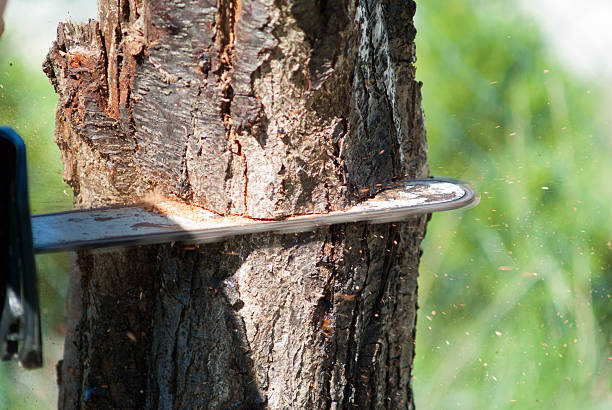Regarding sustainable landscaping, tree hauling and vegetation management are key players. Picture this: by efficiently clearing out trees and maintaining vegetation, you’re not just enhancing the aesthetics of your landscape. There’s more to it than meets the eye. These practices contribute to safety, biodiversity, and the overall health of your greenery. But wait, there’s an even more significant impact you might still need to consider…
Benefits of Tree Hauling
When it comes to sustainable landscaping, one of the critical benefits of tree hauling is the efficient removal of large trees to create space for new growth. Clearing out old or diseased trees makes room for younger, healthier trees to thrive and prevents potential hazards like falling branches. Tree hauling can significantly improve the aesthetic appeal of your landscape, giving it a fresh and rejuvenated look. Additionally, tree hauling allows for the recycling and repurposing of the removed trees, promoting sustainability by reducing waste.
Moreover, tree hauling can enhance the overall health of your landscape by reducing competition for resources among trees. With the removal of large trees, the remaining vegetation can access more sunlight, water, and nutrients, leading to stronger and more vibrant plant life. This improved access to essential resources can boost the resilience of your landscape against environmental stressors, ensuring its long-term sustainability.
Importance of Vegetation Management
Clearing out old or diseased trees through tree hauling can lay the groundwork for effective vegetation management on your landscape. Proper vegetation management is crucial for maintaining the health and aesthetics of your outdoor space. Removing dead trees and overgrown vegetation creates room for new growth to thrive.
One key importance of vegetation management is the prevention of wildfires. Dead trees and excessive brush can fuel fires, putting your property at risk. Regularly managing your vegetation reduces the chances of a fire spreading and causing damage.
Additionally, vegetation management plays a significant role in promoting biodiversity. Removing invasive species and allowing native plants to flourish can create a more balanced ecosystem. This, in turn, attracts a variety of wildlife, contributing to the overall health of your landscape.
Proper vegetation management also enhances the overall appearance of your property, creating a neat and well-maintained environment. By investing in vegetation management, you not only improve the aesthetics but also support the long-term sustainability of your landscaping efforts.
Sustainable Landscaping Practices
Implementing sustainable landscaping practices is essential to maintain an environmentally friendly outdoor space. By incorporating sustainable landscaping practices into your outdoor area, you can reduce water usage, minimize waste, and support local ecosystems. One key practice is xeriscaping, which involves planting native and drought-resistant vegetation to minimize the need for irrigation.
Additionally, using organic mulch can help retain soil moisture and suppress weed growth, reducing the need for chemical herbicides. Composting kitchen scraps and yard waste not only diverts organic matter from landfills but also creates nutrient-rich soil for your plants. Implementing integrated pest management techniques can control pests without relying on harmful chemicals, promoting a healthier environment for both your plants and local wildlife.
Finally, choosing permeable paving materials allows rainwater to infiltrate the soil, reducing runoff and supporting groundwater recharge. By adopting these sustainable landscaping practices, you can create a beautiful, eco-friendly, low-maintenance outdoor space.

